The training was conducted by the Journalists’ Solidarity Center (JSC) of the National Union of Journalists of Ukraine (NUJU) in Zaporizhzhia in cooperation with the Main Department of the State Emergency Situations Service (SESS) in the Zaporizhzhia Region.
What should be the algorithm of behavior during emergencies of various nature? How to properly provide first aid to shelling victims and safely transport the wounded? How to protect yourself while working in front-line areas and avoid the risks of mine threat? These were the questions discussed at the training for Zaporizhzhia journalists, which took place on the basis of the Vohnyk educational and training center. Its participants were about 40 regional media workers, all-Ukrainian media workers, and immigrant journalists.
“We constantly conduct such training sessions because we live in the front-line territory, and our journalists go to the battle line, so knowledge of security is very important. Of course, we sincerely wish that none of the media workers will have to use this knowledge in practice, but they will definitely not be superfluous,” said Valentyna Manzhura, the JSC coordinator.
Under the leadership of the experienced trainer Ivan Zdorovets, the journalists learned how to act correctly during shelling and mastered the knowledge and skills of providing first aid to conditional victims – their colleagues. The techniques of closed heart massage and artificial respiration were practiced on mannequins. They practiced applying a tourniquet and transporting the injured.
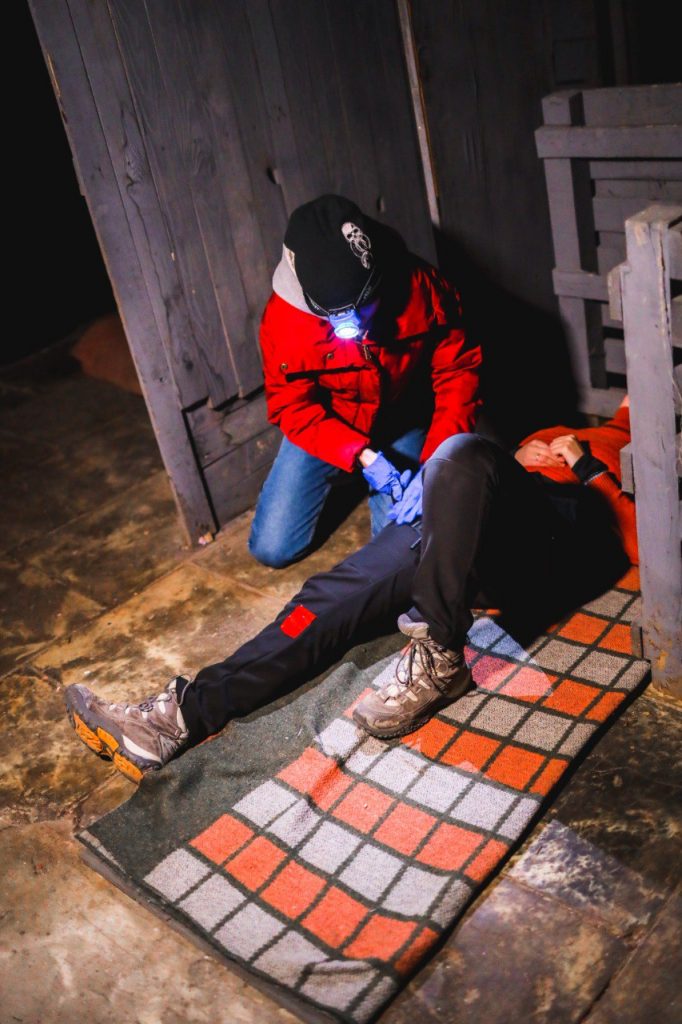
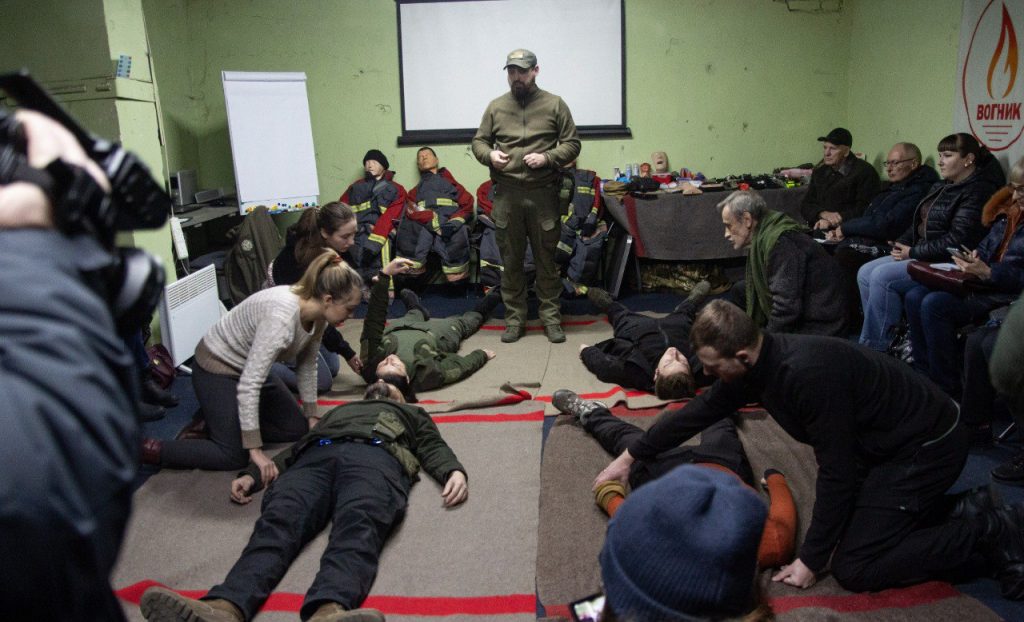
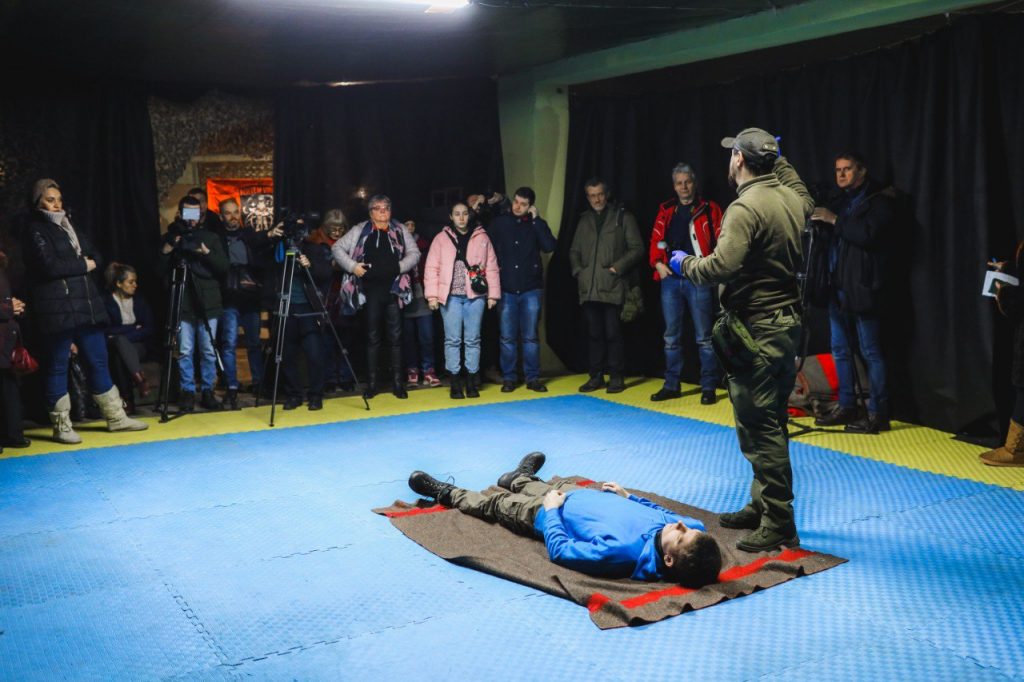
The highlight of the training was a special scenario developed by the management and instructors of the Vohnyk training center in Zaporizhzhia, which simulated the real background of an emergency as much as possible, where the practical part of the event took place. According to the legend, the journalists became eyewitnesses of the shelling. They were supposed to provide emergency aid to conditional victims in the dark, by the light of individual flashlights, and then transport them from the affected area. At the same time, the number one priority had to be compliance with the rules of personal safety for everyone. And, as the coach noted, Zaporizhzhia journalists coped with these tasks quite successfully.

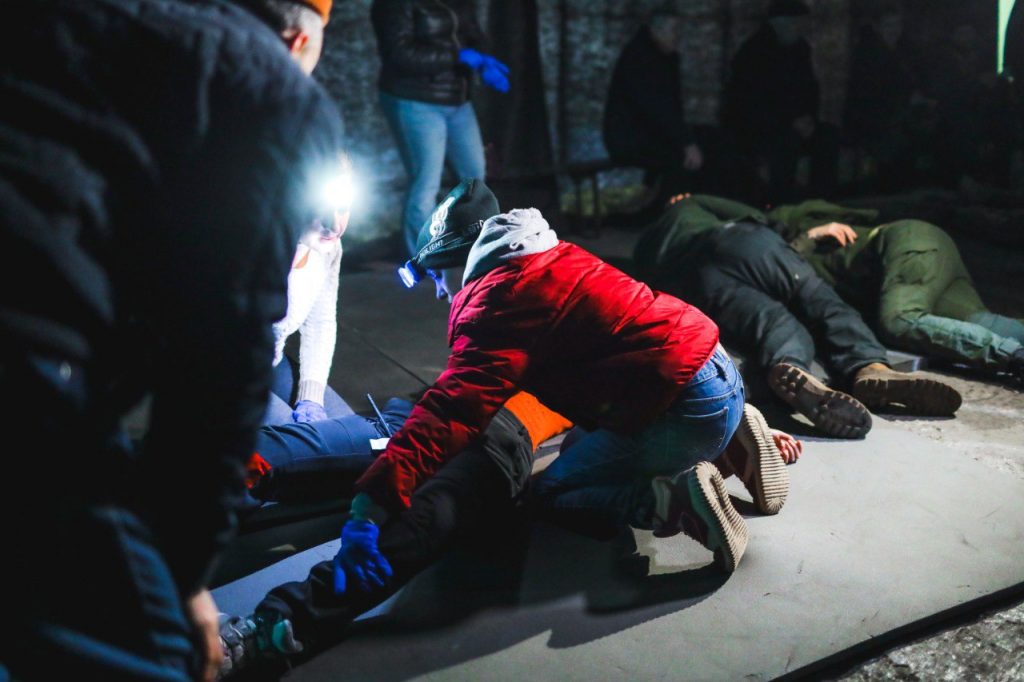
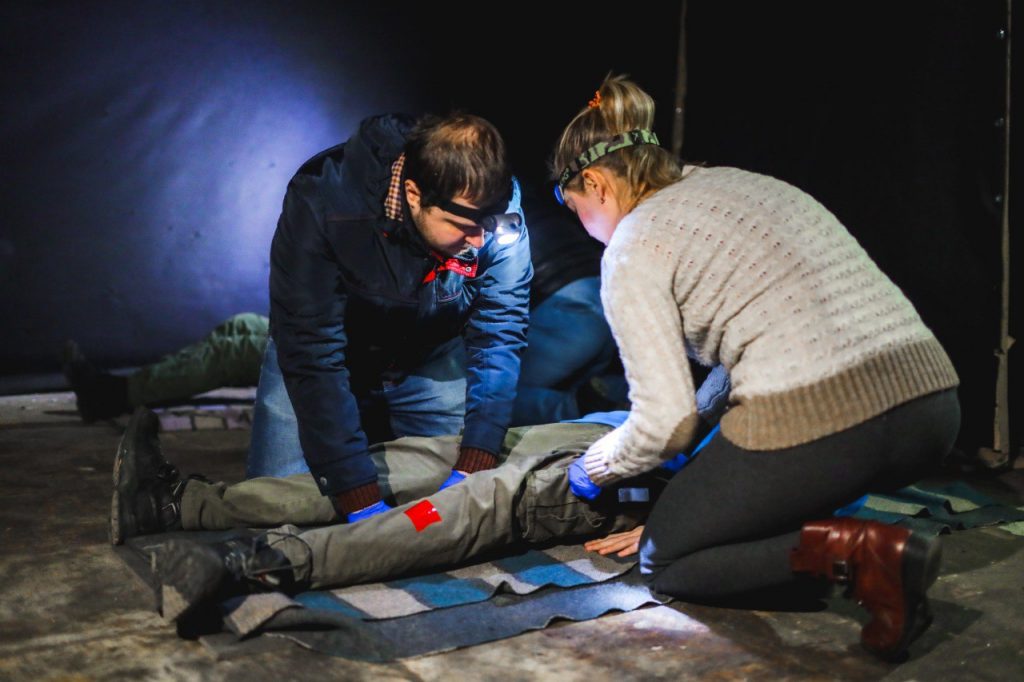
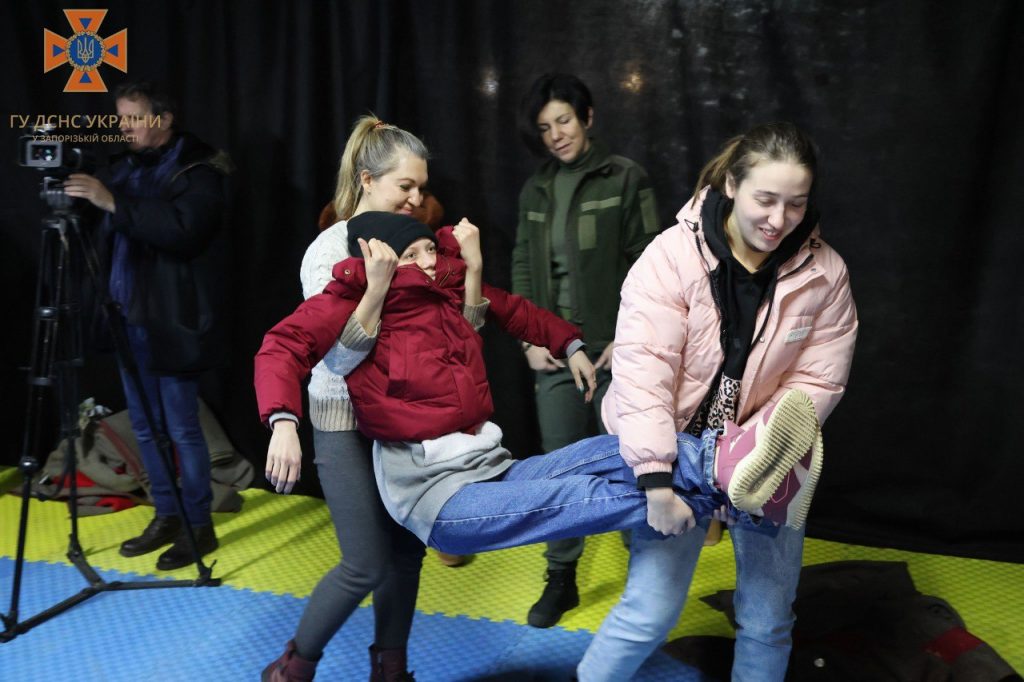
The performance at the training of photojournalist Andrii Andriyenko from Kramatorsk, who has been working in the front-line territories of Donetsk and Luhansk Regions since 2019, preparing photo reports for foreign publications, was meaningful and useful for the media. And with the beginning of the large-scale invasion of russian troops on our land, he often goes to the Zaporizhzhia Axis. Therefore, he has considerable experience working in the conditions of military operations.
“For several years of working in the front-line areas and on the frontline, I already have certain knowledge and skills, but today’s training was also very interesting and useful for me. Because it gave us new knowledge and, therefore, the opportunity to avoid danger while performing our professional duty; after all, our task is to make interesting material so that people know the truth about this invasive russian war and remain alive and unharmed because all of us still have a lot to do after the victory,” noted Andrii Andriyenko.
At the next location of the training, media workers learned the basics of mine safety. Rescuers emphasize that this issue is extremely acute today and will not lose its relevance for every Ukrainian for a long time. After all, since the beginning of the full-scale invasion, Zaporizhzhia pyrotechnicians have already demined almost 4,000 dangerous objects that really threatened the civilian population. In January 2024, fourteen explosive devices were already removed. During the training, specialists of the SESS deployed a special platform where they taught journalists the algorithm for the correct and safe handling of ammunition.
The rescuers also showed how to properly operate generators, gas stoves, and tourist burners, emphasized the safety of the furnace equipment, and ensured its proper condition before and during the heating period.
They also presented to the participants the UNICEF Ukraine Mobile Class, in which the specialists of the SESS teach safety to the young people of Zaporizhzhia.
All participants of the training were unanimous – such knowledge and practical skills are necessary and useful.
“In a practical lesson on applying a tourniquet, I worked together with the Mariupol TV journalist Viyacheslav Tverdokhlib. He has already imposed it twice in real life and not in training. He put it on me so that my hand hurt. The instructor praised it and told me that it was possible to tighten it by half a turn. It was a cool training that took place at the Vohnyk center,” Zaporizhzhia journalist Iryna Yehorova noted.
Her opinion is shared by Svitlana Karpenko, the editor-in-chief of the Trudova Slava newspaper from the front-line Orikhiv, who often travels there to distribute her publication and knows about the danger from personal experience.
“Everything was interesting and useful – both practical classes on providing first aid to victims in a critical situation, and learning safety rules during shelling, and providing assistance to the wounded in a smoky environment, and transporting them to a safe place… This is not the first time I have participated in such safety training sessions. Every time, I catch myself thinking that there are never enough of such training sessions. I am grateful to the organizers for such a high level of the event,” notes Svitlana Karpenko.
Call the Zaporizhzhia JSC at 096 277 5352 (Nataliya Kuzmenko and Valentyna Manzhura, the Zaporizhzhia JSC coordinators). The Center’s address is 152 Sobornyi Avenue.
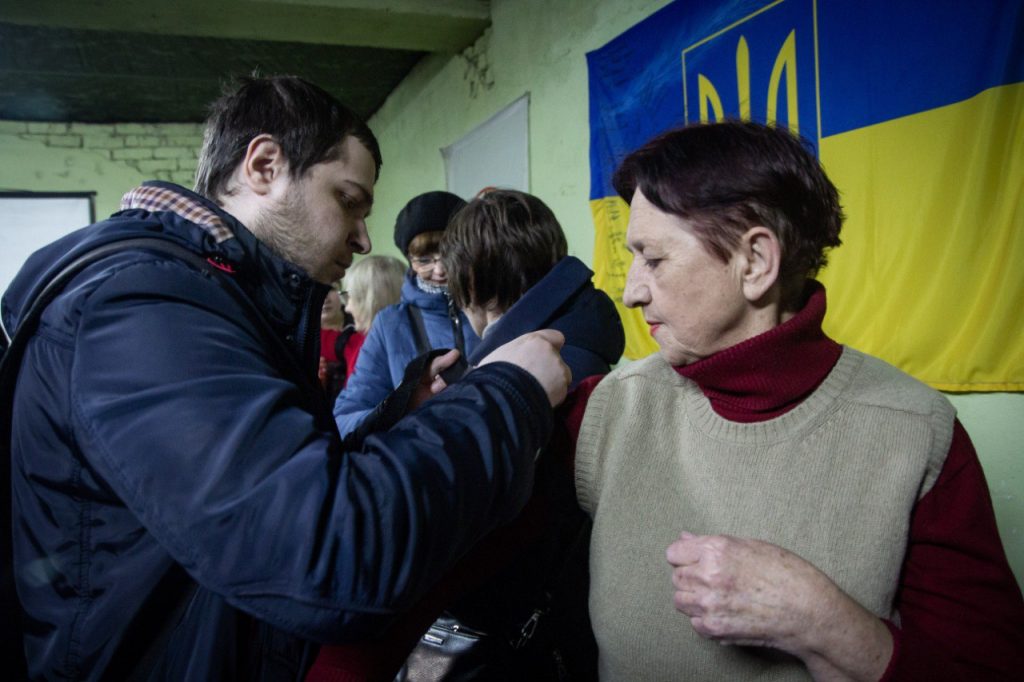
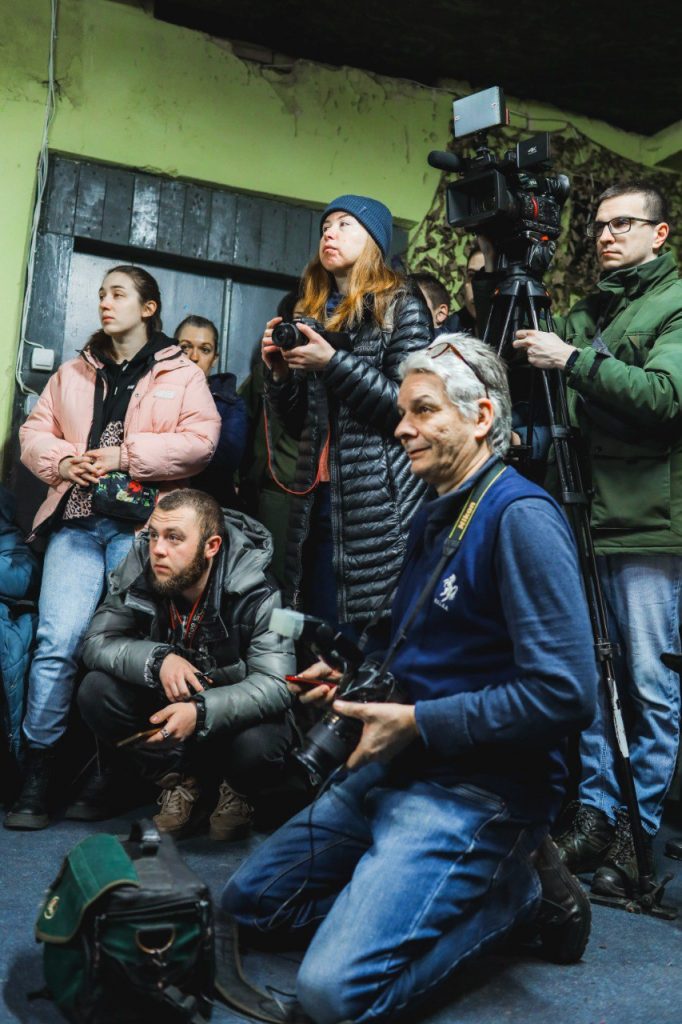

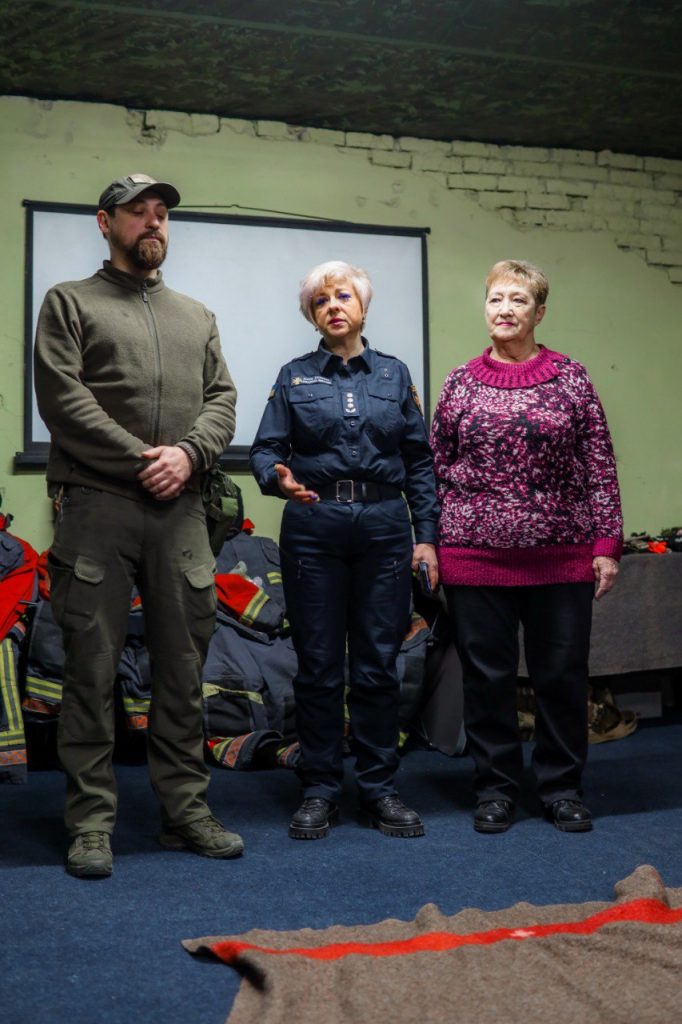
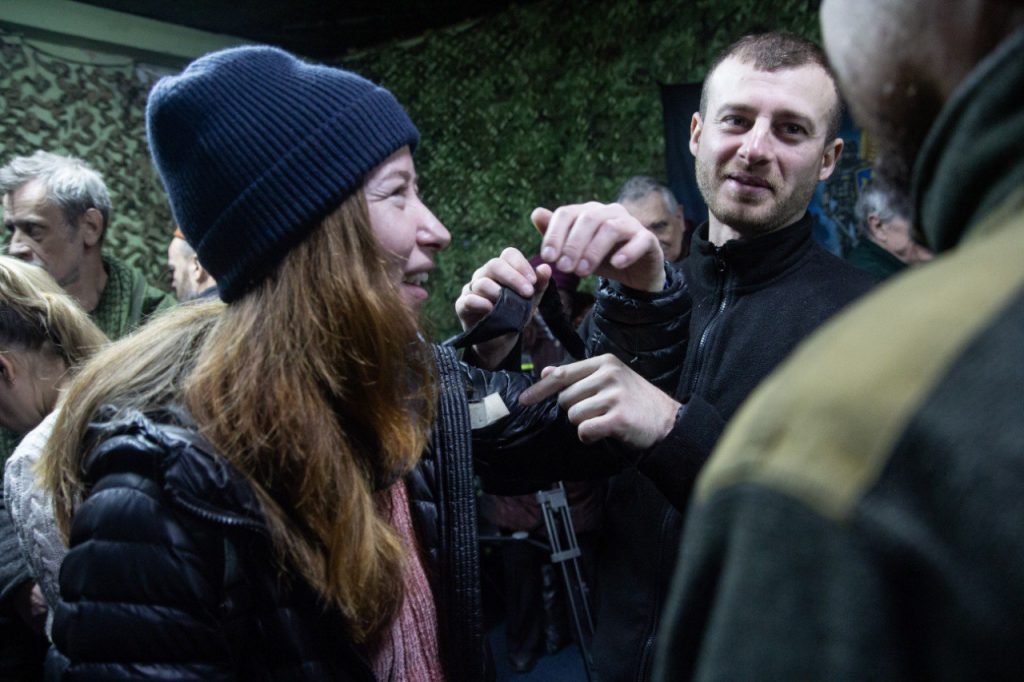
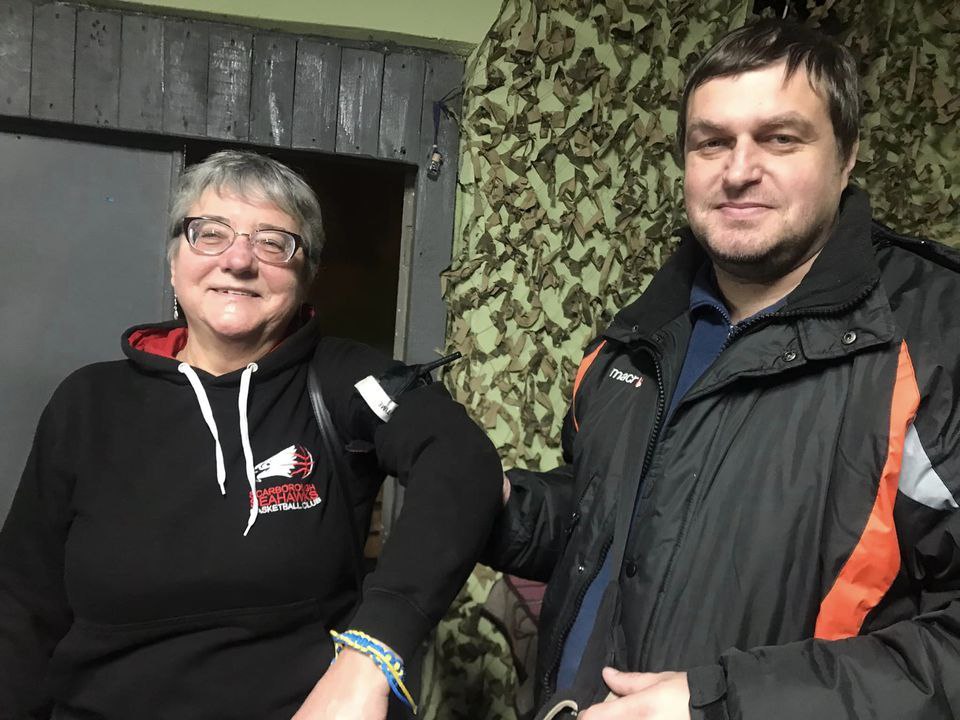
ABOUT JSC
The Journalists’ Solidarity Centers is an initiative of the NUJU implemented with the support of the International and European Federations of Journalists and UNESCO. The initiative is designated to help media representatives working in Ukraine during the war. The Centers operate in Kyiv, Lviv, Ivano-Frankivsk, Chernivtsi, Zaporizhzhia, and Dnipro and provide journalists with organizational, technical, legal, psychological, and other types of assistance.
ABOUT UNESCO
UNESCO is the United Nations Educational, Scientific, and Cultural Organization. It contributes to peace and security by promoting international cooperation in education, sciences, culture, communication, and information. UNESCO promotes knowledge sharing and the free flow of ideas to accelerate mutual understanding. It is the coordinator of the UN Action Plan on the Safety of Journalists and the Issue of Impunity, which aims to create a free and safe environment for journalists and media workers, thus strengthening peace, democracy, and sustainable development worldwide. UNESCO is working closely with its partner organizations in Ukraine to provide support to journalists on the ground.
The designations employed and the presentation of material throughout this digest do not imply the expression of any opinion whatsoever on the part of UNESCO concerning the legal status of any country, territory, city, or area or its authorities or concerning the delimitation of its frontiers or boundaries.
The authors are responsible for the choice and the presentation of the facts contained in this digest and for the opinions expressed therein, which are not necessarily those of UNESCO and do not commit to the organization.
Valentyna Bystrova
Photo by Ihor Huriyev and Ihor Lavrov

 THE NATIONAL UNION OF
JOURNALISTS OF UKRAINE
THE NATIONAL UNION OF
JOURNALISTS OF UKRAINE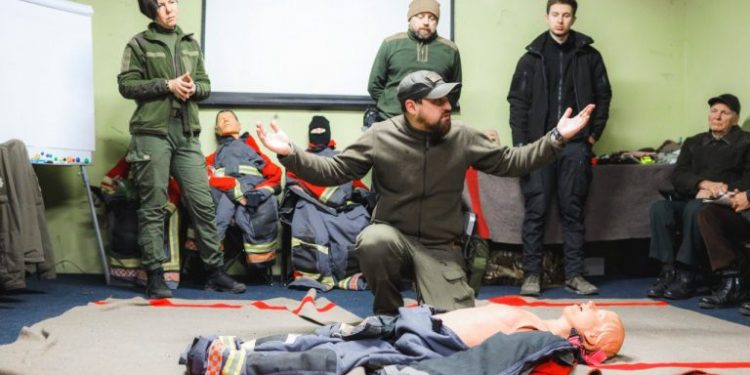

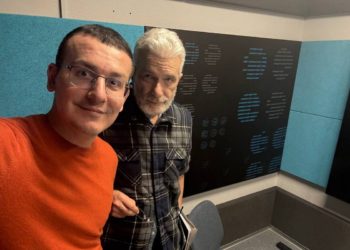
![International Media Organizations: peace plan mustn’t envision amnesty for crimes against journalists 17 Ukrainian flag on Independence Square [Maidan Nezalezhnosti] in Kyiv, Ukraine (archive image). EPA-EFE / Oleh Petrasiuk](https://nuju.org.ua/wp-content/uploads/2025/12/maidan-flag-yezhak-2022-350x250.jpg)
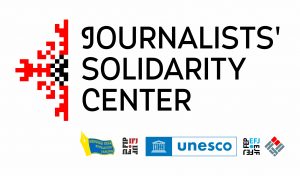
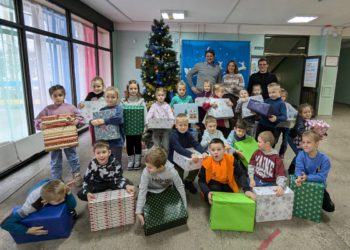


![International Media Organizations: peace plan mustn’t envision amnesty for crimes against journalists 21 Ukrainian flag on Independence Square [Maidan Nezalezhnosti] in Kyiv, Ukraine (archive image). EPA-EFE / Oleh Petrasiuk](https://nuju.org.ua/wp-content/uploads/2025/12/maidan-flag-yezhak-2022-120x86.jpg)




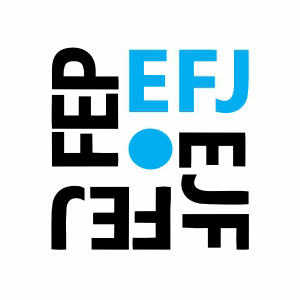



Discussion about this post